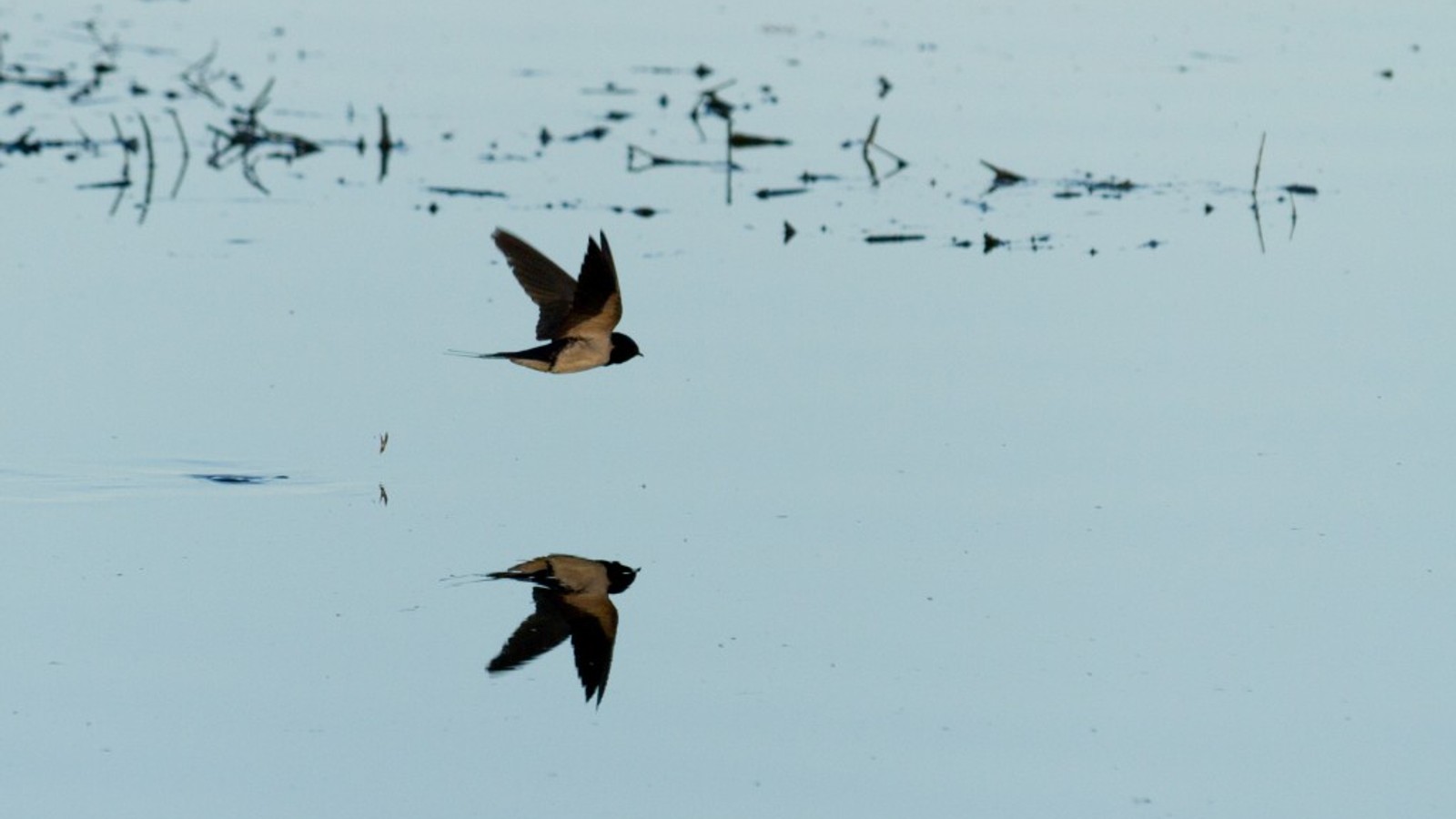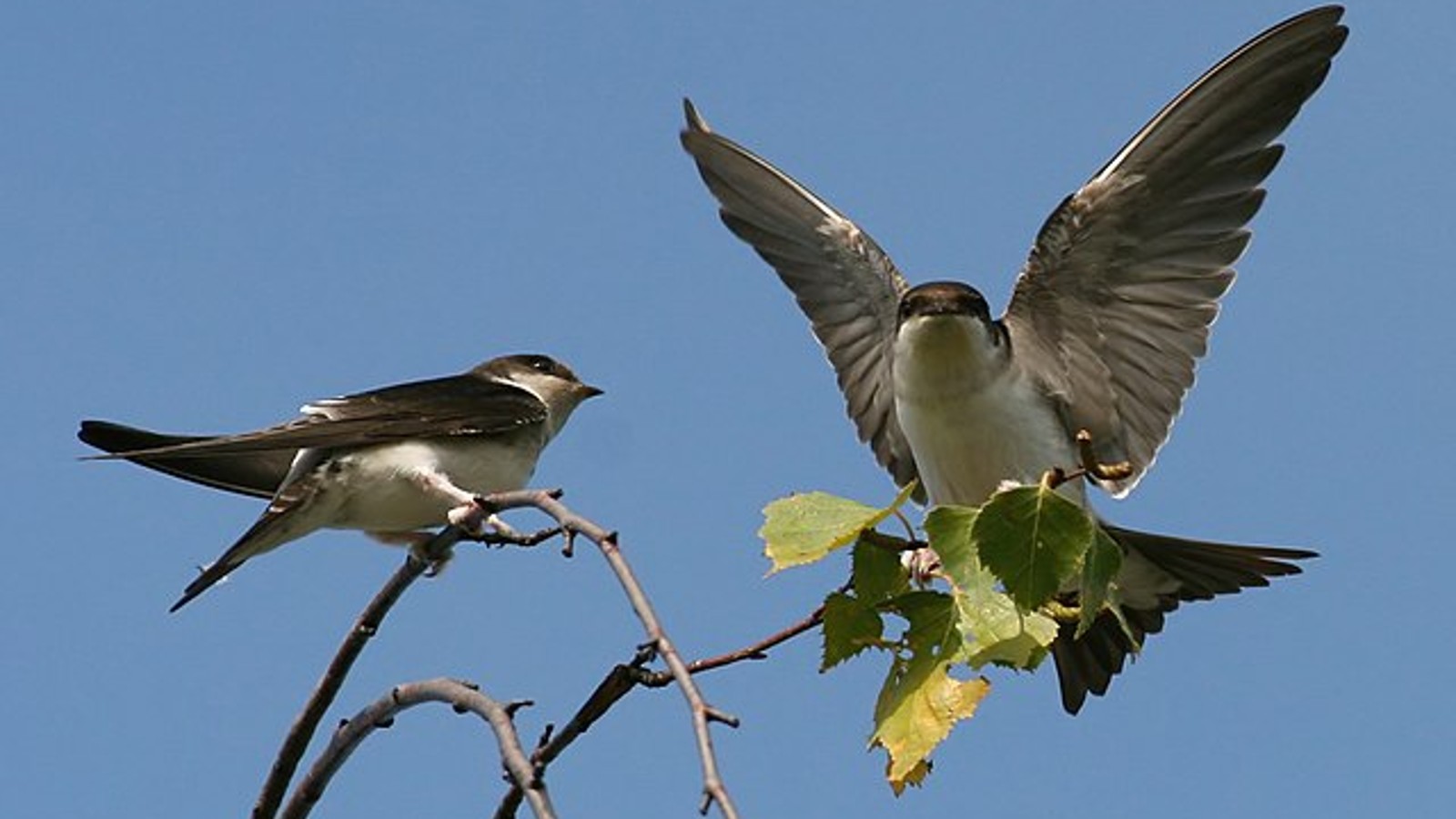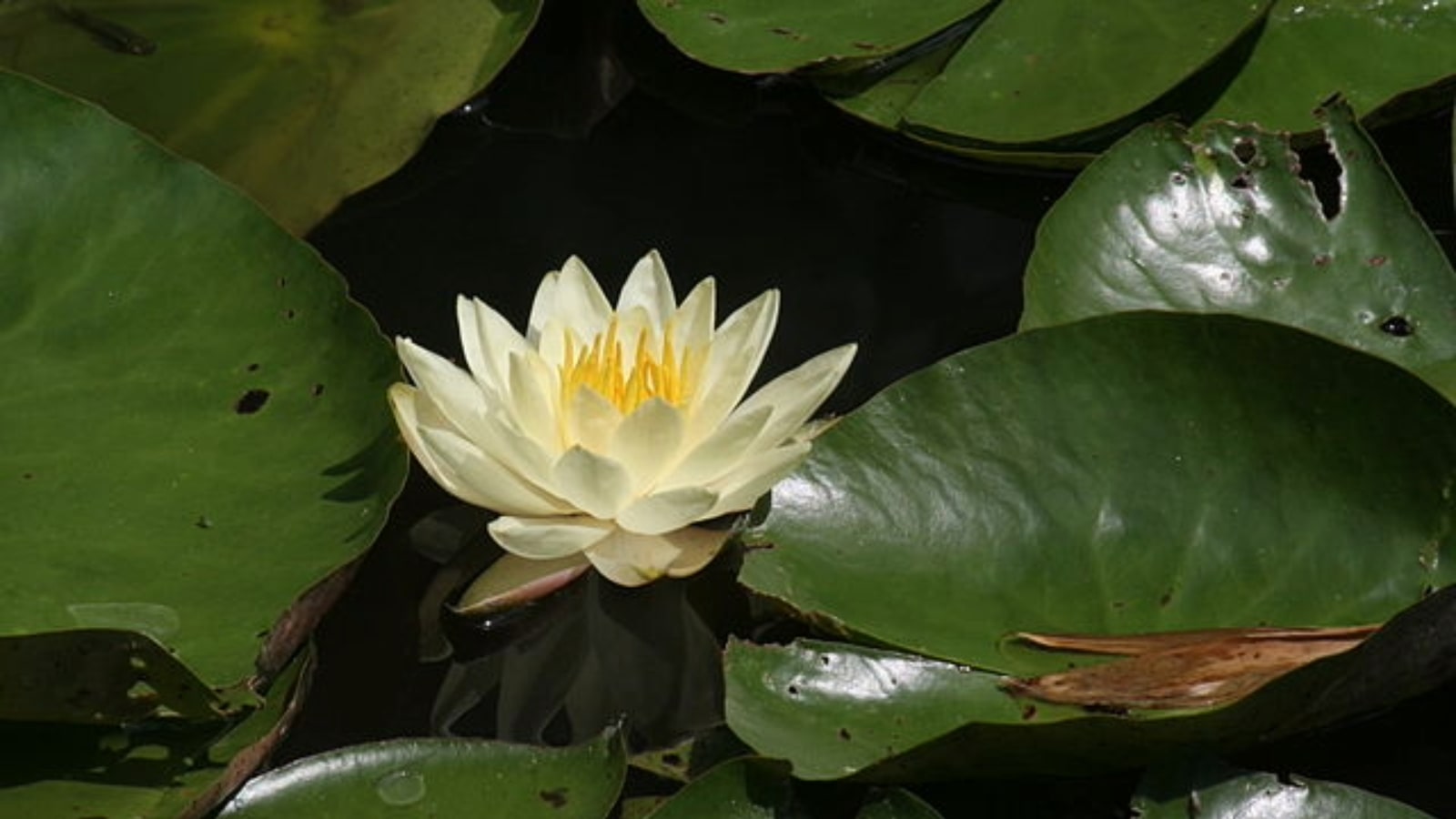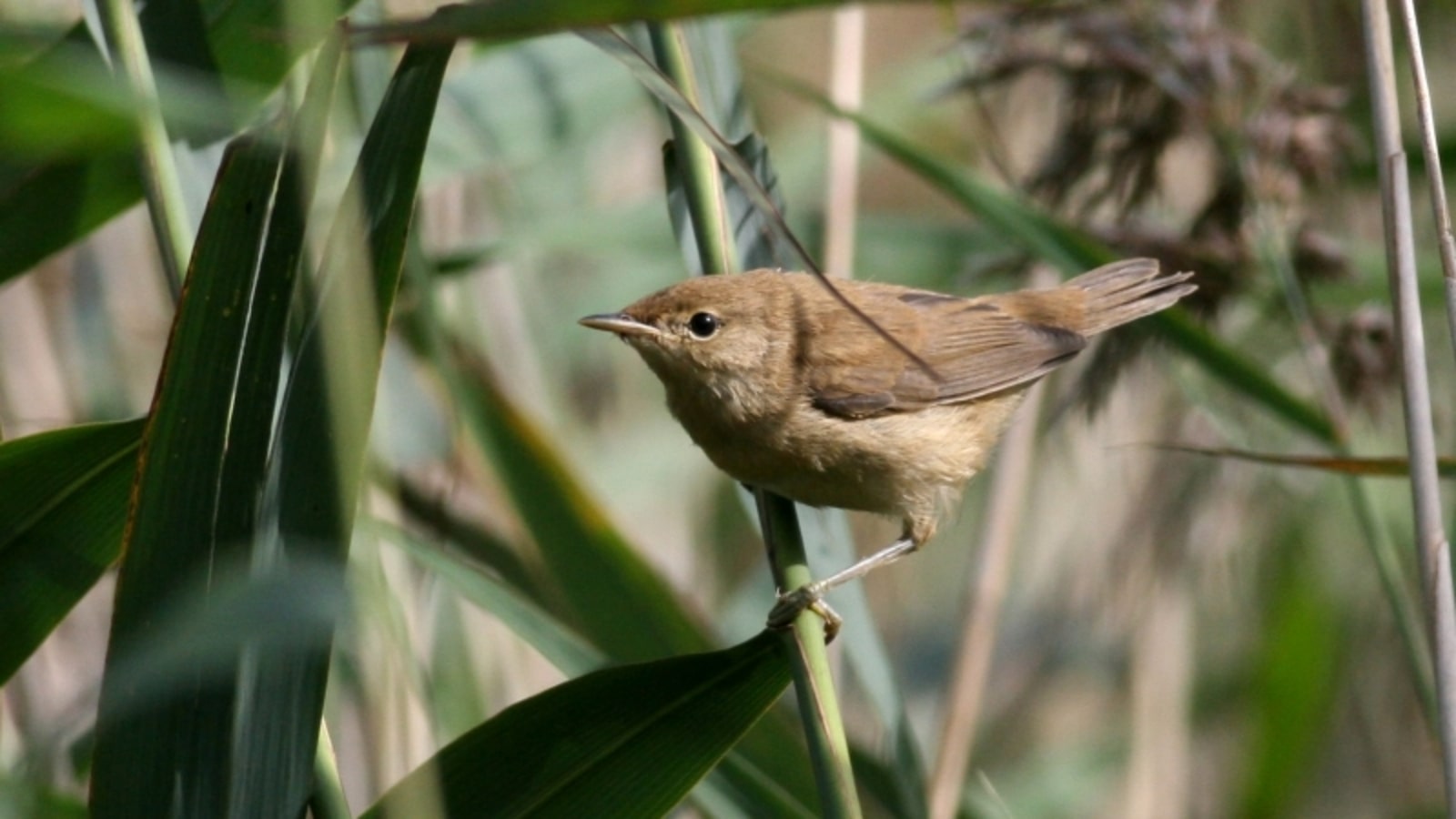Five signs of summer to look out for in August and September
Gardens for wildlife
The southern scarce swallowtail (Iphiclides feisthamelii)
This beautiful black and white striped butterfly can be seen all over Portugal, including in the Gulbenkian Garden, especially during the summer. The guide As Borboletas de Portugal [Butterflies of Portugal], coordinated by Ernestino Maravalhas, explains that these butterflies are larger and more yellowish during this time of year. The caterpillars of this species feed on fruit trees such as plum, blackthorn, pear and apple.

Barn swallow (Hirundo rustica)
These swallows are among the first to arrive in Portugal from Africa, even before spring, but it is on long, hot summer afternoons that we best notice their long, swooping flights over garden ponds as they hunt for small insects flying through the air. Their nests, which look like bowls made of mud, are built in roof frames and on the eaves of houses. Their red face and completely dark back and wings help distinguish them from other swallow species. They usually stay around until October.

Western house martin (Delichon urbicum)
The house martin’s round, muddy nests with a small opening are often built under the eaves of roofs. These birds coexist peacefully with other species of swallows, including here in the Gulbenkian Garden. By October almost all of them will have left for Africa. According to the Guia de Aves de Portugal e da Europa [Guide to the Birds of Portugal and Europe], coordinated by Lars Svensson, they can be distinguished from barn swallows by their more agitated, laboured flight. Other features that help to identify them include their white underside and uropygium (the posterior part of the bird’s body from which the tail feathers grow), which contrast with the dark colour of the back and upper wings.

Water lilies in flower (family Nymphaeaceae)
The beautiful flowers of the water lilies, which began to appear in spring, continue to brighten many ponds until the end of September. The rounded, floating leaves of these aquatic plants, which appear on the surface mainly in the warmer months, help to keep the water temperature down and make the UV rays less aggressive, helping many insects and other small animals that live in freshwater environments. In addition to the two water lily plants native to Portugal – the white water lily and the yellow water lily – many other species of horticultural origin also adorn gardens.

Eurasian reed warbler (Acrocephalus scirpaceus)
This tiny insectivorous bird has very curious, basket-shaped nests, which are built suspended over water, woven around reed stems. In Portugal, the reed warbler is present in spring and summer, especially along the coast and in the Sado, Tagus, Mondego and Aveiro estuaries. But it is from August to October, when these birds travel from Europe to Africa in their post-nuptial migrations, that they become especially abundant. These birds have been observed in September in the Gulbenkian Garden, where they stop off to rest and refuel in the middle of their journey, writes João Eduardo Rabaça in his book dedicated to the birds of this garden.

Gardens for wildlife
Throughout the year, the Gulbenkian Garden is promoting a series of visits focused on how to make our gardens, parks and land, both inside and outside cities, more welcoming for wildlife – fundamental for life on Earth! Wilder magazine follows these visits and publishes articles on each of the different topis covered in partnership with the Gulbenkian Foundation.
